I’m betting you landed here because your principal is requiring you to use art exit slips as formative assessments.
And, you’re stuck trying to figure out how to implement them while maintaining your sanity.
Because wrangling kids to clean up after their mess isn’t enough. Let’s create another hoop to jump through at the craziest time of the art lesson, amiright?
In the past, art teachers could do an informal art assessment like:
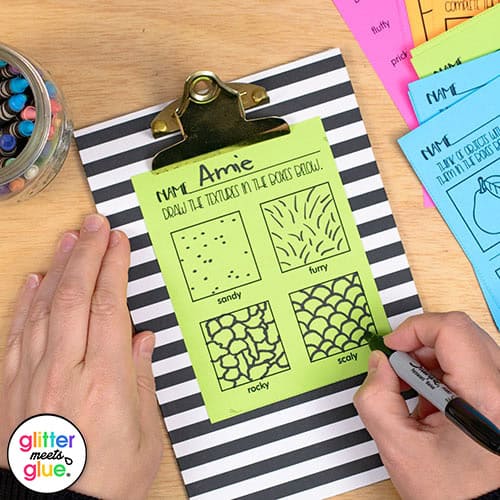
- “Raise your hand if…a circle is geometric.”
- “Which is the correct answer…” as they’re walking kids back to class and some kids are shouting the answer.
- “Whisper and example of…” as they’re walking out the door.
- Watching how students participated in clean up because it’s a state standard.
- Turn and talk to your table mates.
But now? Now admin want tangible, documented proof that each child understood the lesson. Which none of the above accomplishes. So I created 500 art exit slips to alleviate the problem!
What Is an Exit Slip in Art?
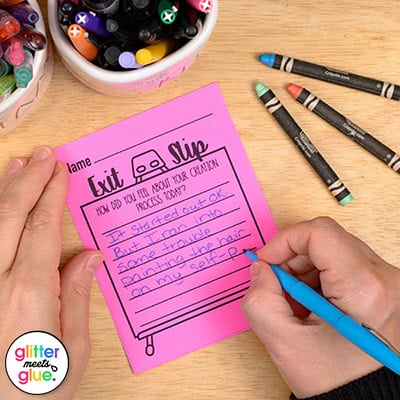
First things first, let’s clarify what an exit slip is in the context of your art room.
Art exit slips are small, bite-sized assessments. They typically take 2 – 5 minutes to complete.
Teachers hand them out at the end of an art lesson to gauge their students’ understanding and reflection of the lesson.
Exit tickets are like secret weapons that let you peek into their artistic minds and discover what truly resonates with them.
Why Use Exit Tickets in Art Instruction?
You might wonder, “Why should I add exit slips to my art teacher toolkit?” Well, teacher friends, these unassuming little slips hold immense value. They provide you with a flexible and manageable daily formative assessment option, making grading a breeze! Plus, they allow you to keep tabs on your students’ progress, identify areas of growth, and tailor your instruction to meet their unique needs.
Now that I’ve piqued your interest, let’s dive into what makes a good exit slip. I personally believe these elements make effective assessments in art:
1. Clear and Concise: Keep the prompts simple and to the point, so your students can quickly respond.
I recommend one question per exit ticket. Students should not be required to write in complete sentences.
You’re not assessing their reading, writing, or grammar skills. You’re assessing their ability to demonstrate they know the art content.

2. Targeted: Ensure all questions are directly related to that day’s lesson objectives.
3. Differentiated: Use different types of exit slips over time to reach all learners. Think: circle the correct answer, matching, drawing, fill in the blank, and writing prompts.
4. Engaging: Add some kind of decorative border, supporting illustration, or photo of a work of art to make it engaging. A wall of text is not engaging!

9 Ways to Use Art Exit Slips as Formative Assessments
So at this point, you may be wondering, “What kinds of questions should I put on an art exit slip?”
Well, that really depends on the lesson objectives.
• Task-Oriented: After demonstrating a skill, such as shading, ask students to shade a cone.
• Assessing Understanding: After a lesson on the elements of art or principles of design, have students create a quick drawing related to the key concepts. This will help you gauge their understanding and identify any areas that may need further reinforcement.
• Self-Reflection: Encourage students to tap into the Studio Habits of Mind to reflect on their own artwork. Ask them to consider what they enjoyed about the process, what challenges they faced, and what they learned.
• Art Critiques: After completing a group art project or a gallery walk, have students write an exit slip providing constructive feedback to their peers.
• Vocabulary Reinforcement: Have students write a brief explanation of an art-related term they learned. This will help reinforce the art vocabulary.
• Goal Setting: Encourage students to set personal art-related goals on their exit slips. They can express what they would like to improve on in their future artworks.
• Emotion Connection: After exploring an artwork or art movement, ask students to write down the emotions or thoughts that it evoked. This will help them make connections between art and emotions.
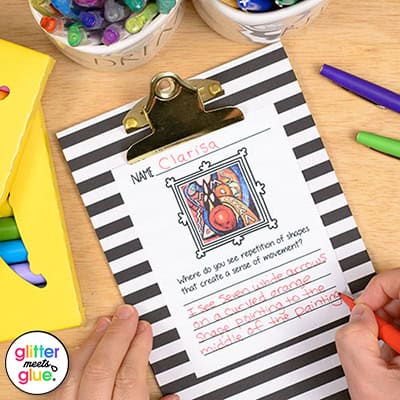
• Artist of the Day: When introducing a famous artist, have students jot down a few facts they learned about the artist and what they find interesting or inspiring about their work.
• Artwork Connection: After a lesson about the elements of art or principles of design, prompt students to respond to a famous work of art. Have them find those art concepts in the painting, drawing, sculpture, etc. It’s a great way to get in a little more art history into your lessons.
Managing Art Exit Slip Distribution and Collection
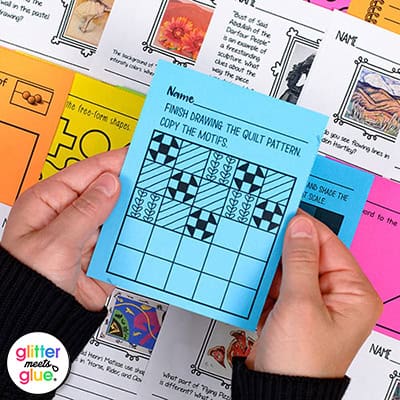
One question I see repeatedly is about managing the slips.
It’s a real practical concern for art teachers!
Our hands are busy all period long.
And these formative assessments are just another thing to manage.
One of these tips may resonate with your art room situation:
- Bins: Set up small table bins where you put exit tickets and pencils in for quick distribution and collection. All my classes are color-coded. So kindergarten is red, 1st grade is orange, 2nd is yellow, and so on. You could print the tickets for that grade level on that color paper to make sorting easier.
- Art Folders: My 3rd grade and up art classes are required to bring an art folder and pencil to class every week. Students complete the slip and slide it into their folder. At the end of the marking period, I collect them all and mark them off.
- Digital Submission: This tip is for middle schoolers. If your classroom uses technology, consider having students submit their exit ticket responses digitally. You could assign them weekly for each of your classes and have them turn in the slips by the next morning.
- Sketchbooks: Have students complete the slip and glue them into a page in their sketchbook.
Conclusion
Art exit slips are your key to quick and practical formative assessment in art. They’ll provide you with tangible documentation that students did or did not understand the lesson. And, these assessments can be used translated into data to use in conjunction with your PDP plan.
Moreover, they’ll help you quickly assess if your lesson was effective or not. Creating artful exit slips that engage your students’ thoughtful reflection will help make the onboarding process.

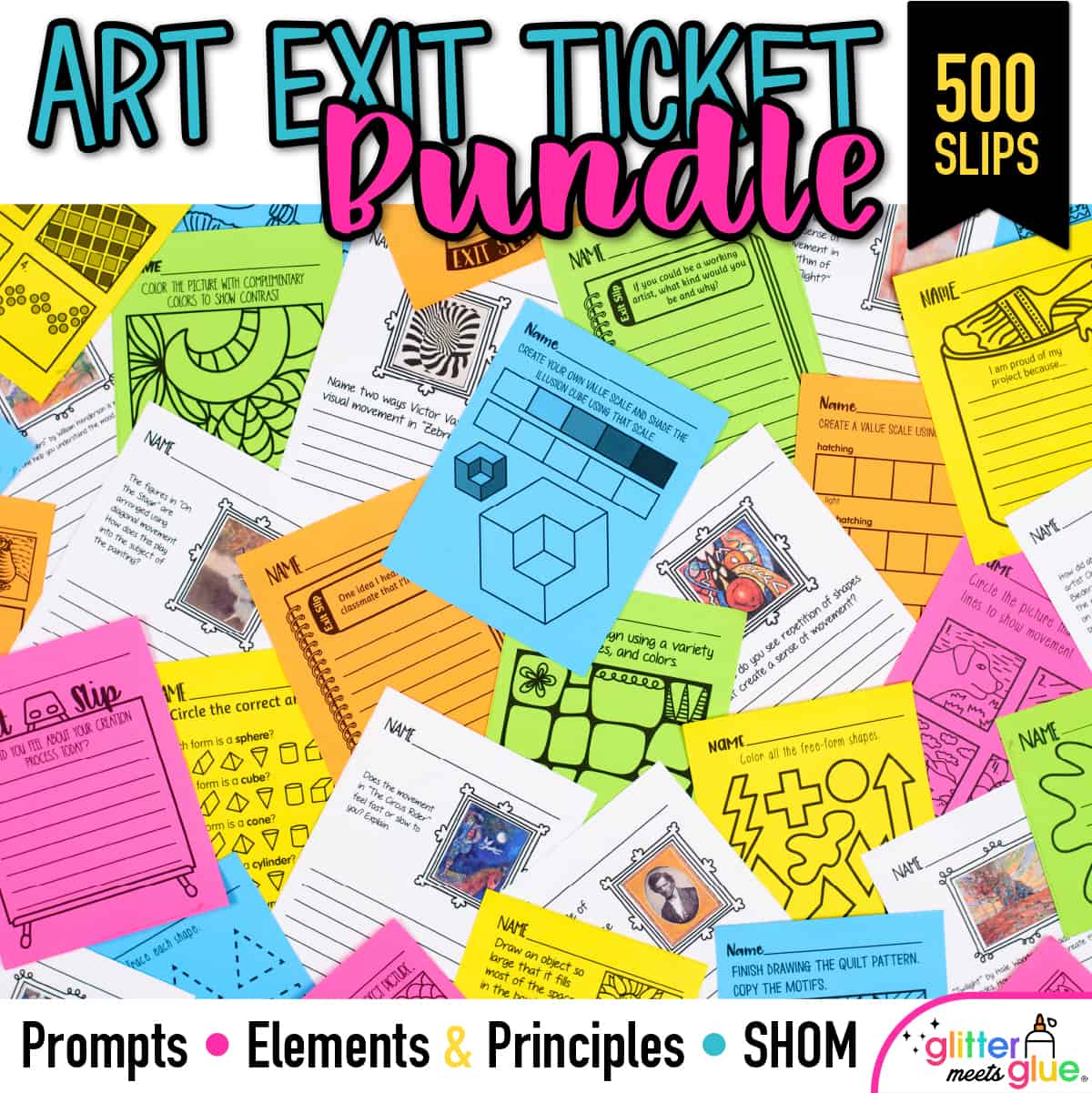

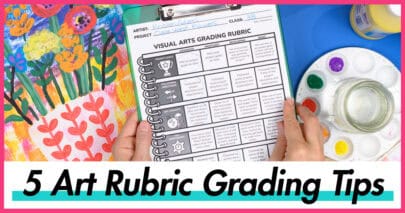
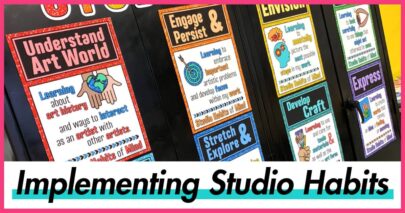
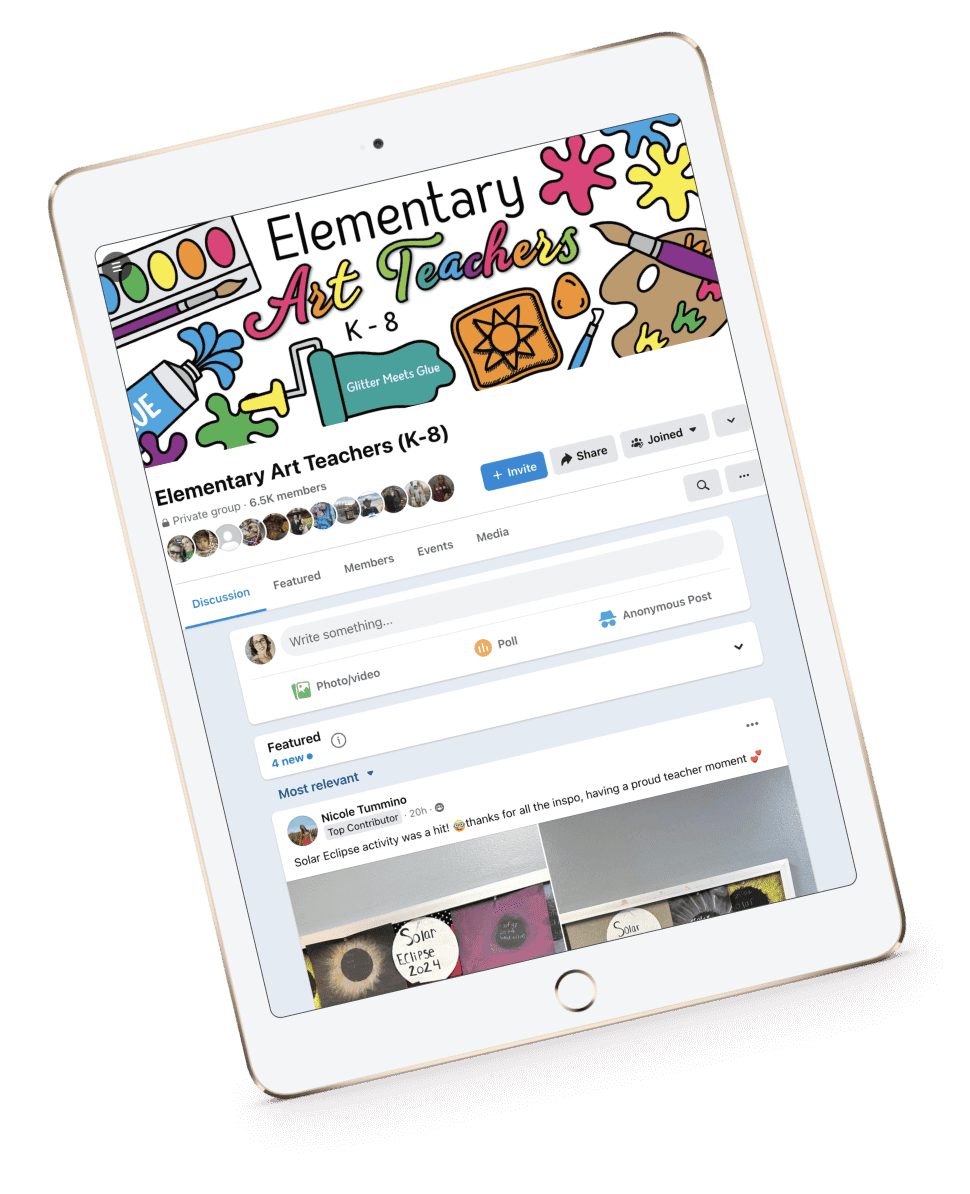

Leave a Comment